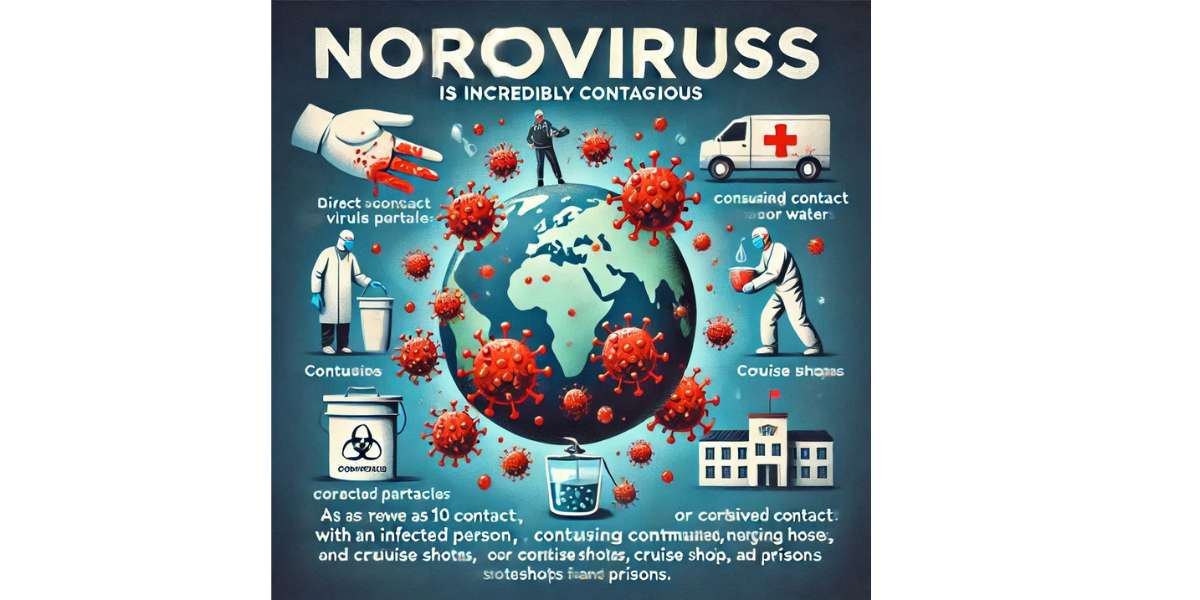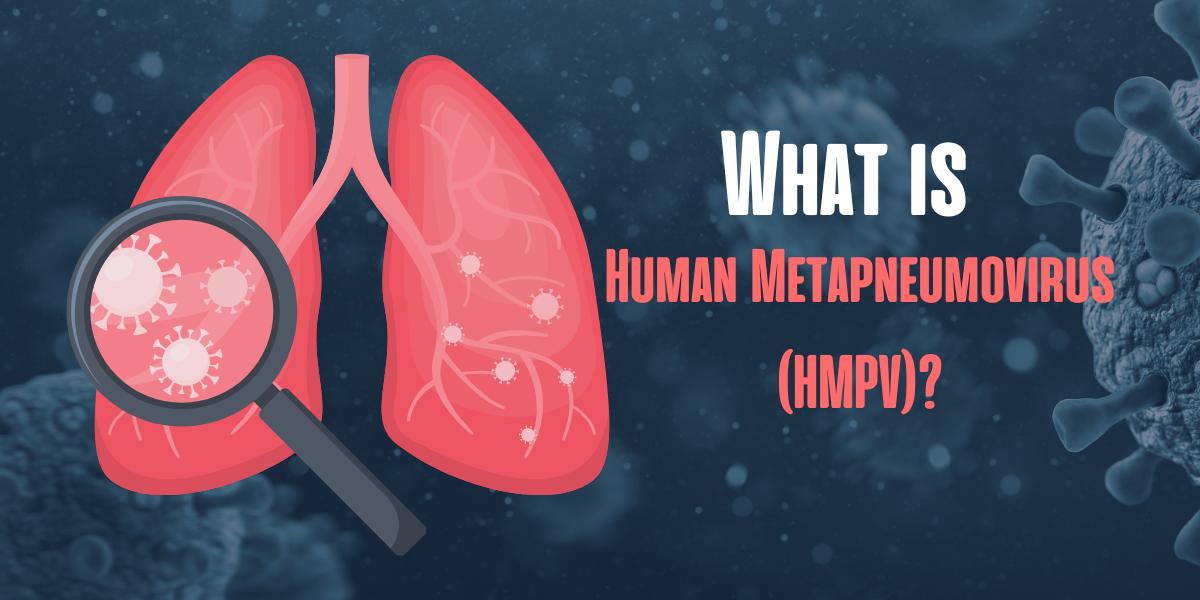According to the Centers for Disease Control and Prevention( CDC), norovirus is witnessing a significant swell in the United States this downtime. On December 5, 91 outbreaks were reported, a sharp rise from 69 the former week. This increase is well above the three- time normal of 65 outbreaks for early December, pressing a concerning trend as the contagion peaks during its typical season from November to April.
What is Norovirus?
Norovirus, often referred to as the “winter vomiting bug,” is a highly contagious stomach virus that leads to sudden bouts of vomiting and diarrhea. Additional symptoms include nausea, stomach pain, body aches, headaches, and fever. Symptoms typically appear 12 to 48 hours after exposure to the virus and last for 1 to 3 days. While most individuals recover fully, the virus can cause severe dehydration, particularly in young children, older adults, and people with weakened immune systems.
How Does Norovirus Spread?
Norovirus is incredibly contagious, with as many as 10 viral patches able of causing an infection. The contagion spreads through direct contact with an infected person, consuming defiled food or water, or touching shells defiled with the contagion. It’s flexible and can survive on shells for several days, making collaborative areas like seminaries, nursing homes, voyage vessels, and incarcerations hotspots for outbreaks.

Why the Surge in Outbreaks?
CDC data shows a concerning rise in norovirus outbreaks this season. During the week of December 5, the number of outbreaks surged to 91, compared to 69 in late November. Historically, early December sees a outside of 65 outbreaks, pressing the unusual nature of this time’s increase. Crowded surroundings and a lack of strict hygiene practices frequently contribute to similar outbreaks.
The Impact of Norovirus
Each time, norovirus leads to 19 – 21 million ails, roughly 109,000 hospitalizations, and around 900 deaths in the United States. It’s the leading cause of foodborne illness in the country, responsible for 58 of similar cases annually. Vulnerable groups, including youthful children and the senior, are particularly at threat, with dehumidification being a major concern due to puking and diarrhea.
Preventing Norovirus: Tips to Stay Safe
While there’s no specific drug to treat norovirus, taking preventative measures can significantly reduce the threat of infection
Practice Good Hand Hygiene: Wash hands completely with cleaner and warm water for at least 20 seconds, especially before refections and after using the bathroom. Hand sanitizers are less effective against norovirus.
Disinfect Surfaces: Disinfect shells Clean high- touch shells like doorknobs, light switches, and countertops with ménage detergents regularly.
Handle Food Safely: Avoid preparing food for others while sick and for at least two days after symptoms stop.
Stay Hydrated: Stay Doused If infected, drink plenitude of fluids like water, oral rehydration results, and clear broths to help dehumidification. Avoid alcohol, coffee, and tea, as they can worsen dehumidification.
Seek Medical Attention if demanded Watch: for signs of severe dehumidification, similar as dropped urination, dry mouth, dizziness, or fatigue. In children, unusual finickiness, somnolence, and crying without gashes may indicate dehumidification.
Who is at Risk?
Norovirus can affect anyone, but certain groups are more vulnerable to severe illness. These include
- youthful children
- Aged grown-ups
- Individuals with weakened immune systems
Outbreaks are more likely to do in crowded or collaborative living situations similar as nursing homes, seminaries, voyage vessels, and jails, where the contagion can spread fleetly.
Final Thoughts
Norovirus outbreaks are a serious public health concern, especially during the downtime months. By understanding how the contagion spreads and taking simple preventative measures, you can cover yourself and your loved bones. Stay watchful, exercise good hygiene, and seek medical attention if necessary to minimize the impact of this largely contagious contagion.
What is norovirus, and how does it affect the body?
Norovirus, often called the “winter vomiting bug,” is a highly contagious stomach virus that causes sudden vomiting, diarrhea, nausea, stomach pain, headaches, and fever. Symptoms usually last 1 to 3 days and can lead to severe dehydration in vulnerable individuals.
How does norovirus spread?
Norovirus spreads through:
Direct contact with an infected person
Eating contaminated food or drinking contaminated water
Touching surfaces contaminated with the virus and then touching your mouth
Even a small number of viral particles can cause infection.
Who is most at risk of severe illness from norovirus?
Young children, older adults, and individuals with weakened immune systems are at higher risk of severe dehydration and complications from norovirus.
How can I protect myself and my family from norovirus?
To prevent infection:
1.Wash hands frequently with soap and water
2.Disinfect surfaces with household cleaners
3.Avoid preparing food for others while sick and for two days after symptoms stop
4.Drink plenty of fluids to stay hydrated
Is there a cure for norovirus?
There is no specific medication to treat norovirus. Recovery focuses on staying hydrated by drinking water, oral rehydration solutions, or clear broths. Severe dehydration may require medical attention.



